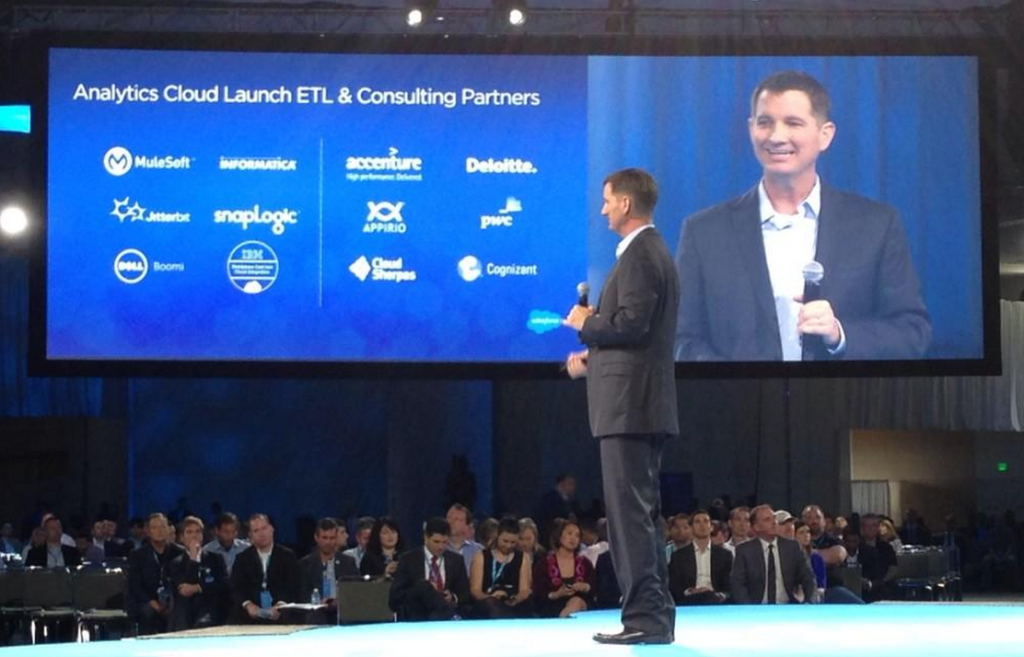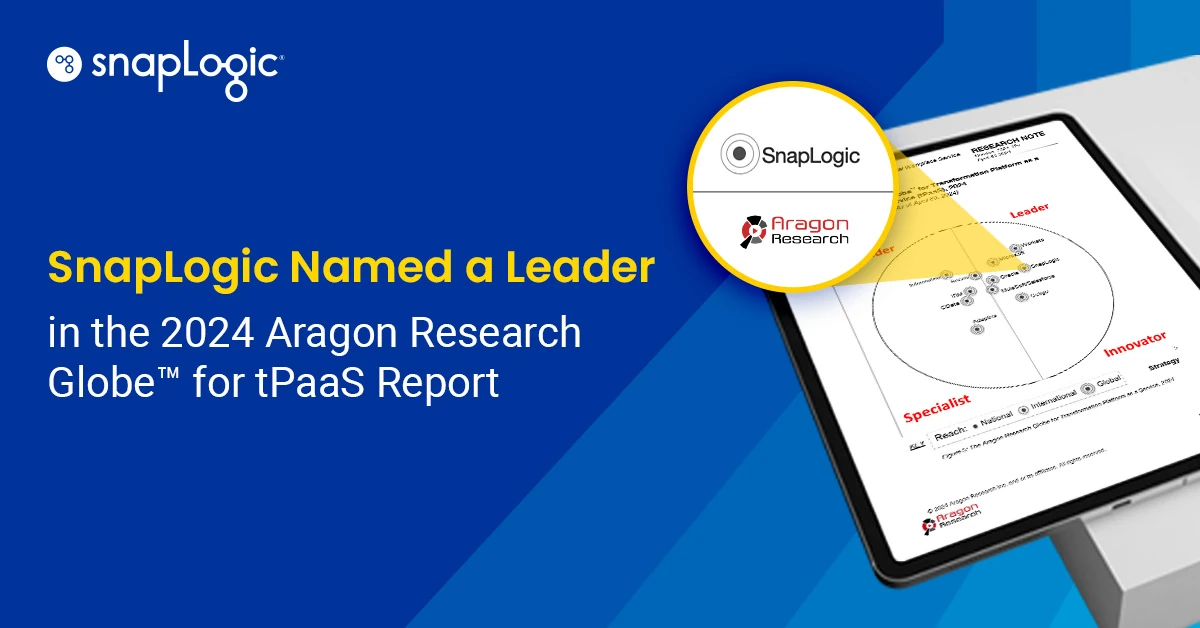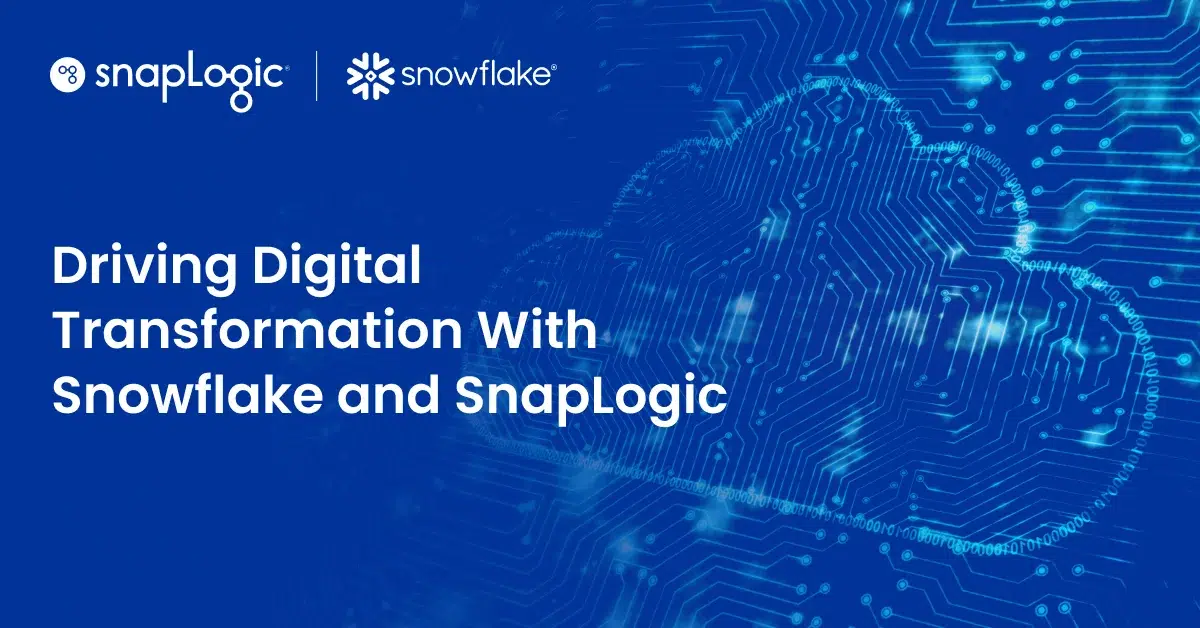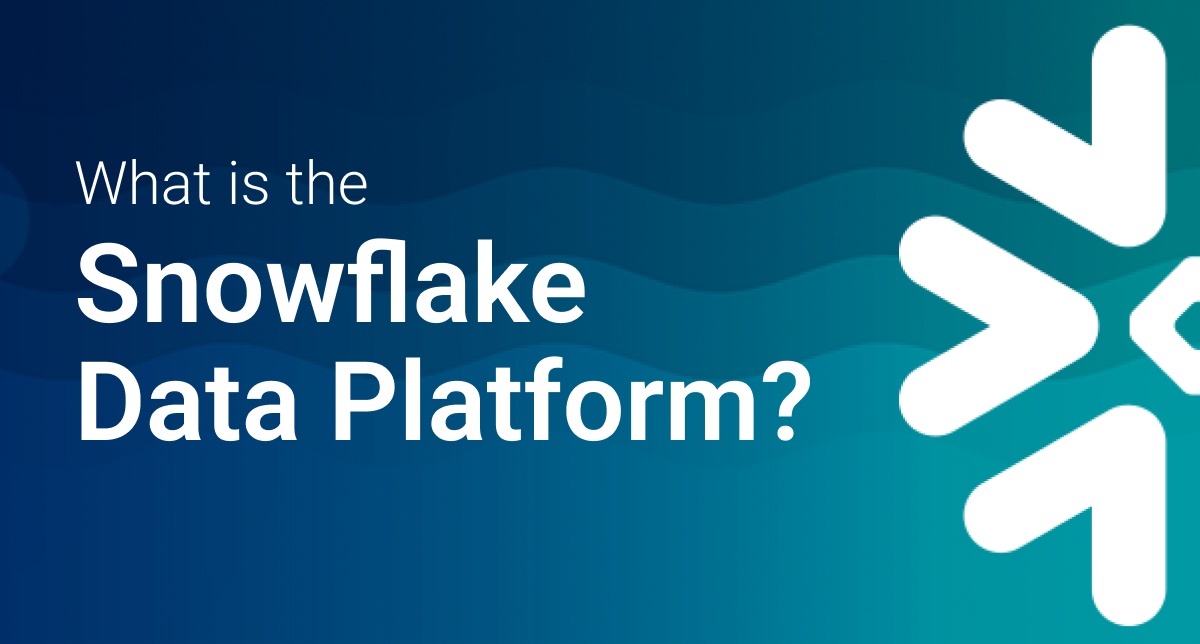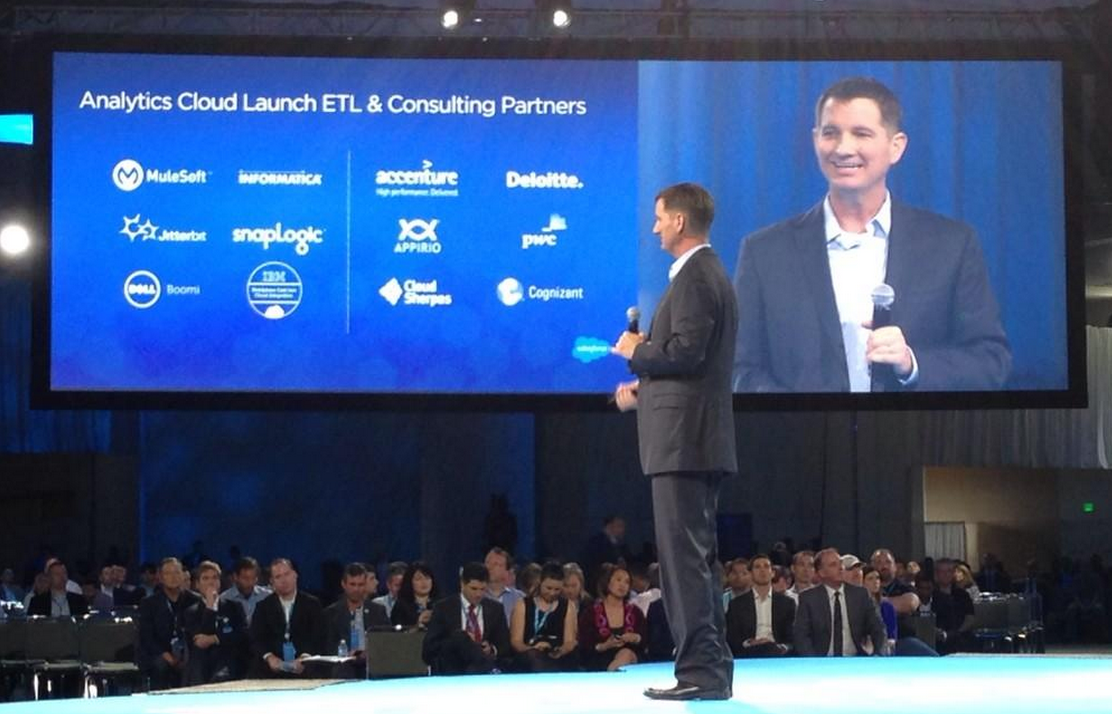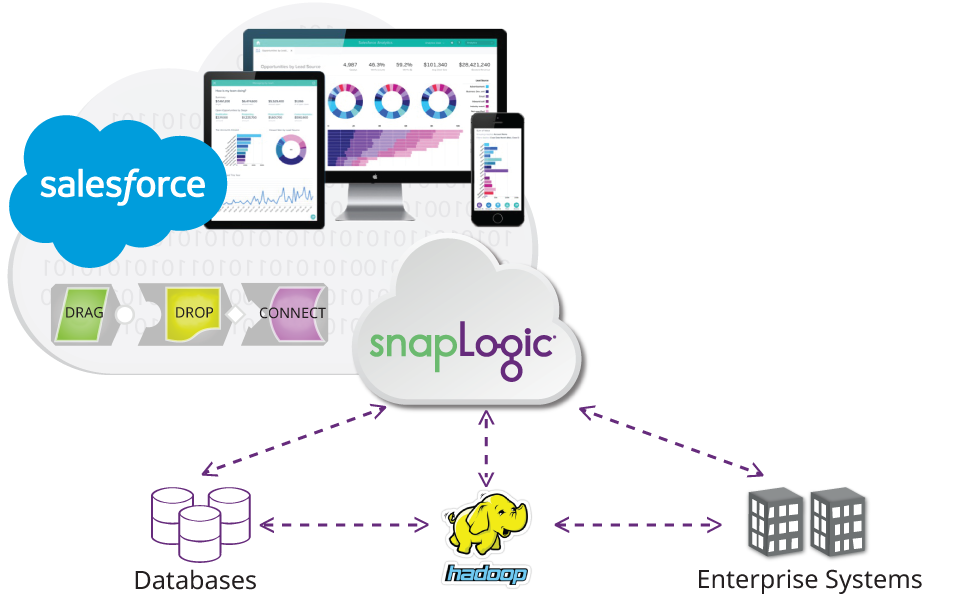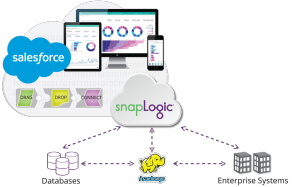 This week at Dreamforce 2014, Salesforce announced their new Analytics Cloud. They called the new service “Wave” and the headline copy writers jumped all over it. Here are a few of my favorites:
This week at Dreamforce 2014, Salesforce announced their new Analytics Cloud. They called the new service “Wave” and the headline copy writers jumped all over it. Here are a few of my favorites:
- Salesforce’s Wave seeks to sweep aside the analytics competition
- Salesforce.com Unleashes Cloud Analytics Tidal Wave
- Salesforce Wave makes a splash in the cloud analytics pool party
The announcement was brilliantly orchestrated by Salesforce CEO Marc Benioff, who “let slip” via Twitter that there would be a new Analytics Cloud announcement at Dreamforce a few weeks ago. The day before the press hit the wire, he then tweeted: “Good day to catch a Wave: Salesforce Analytics Cloud” with a link to the new app on the App Store. The coverage since has been tremendous.
Suddenly Cloud Analytics is Red Hot. Oracle made a cloud analytics announcement at OpenWorld. Tableau has introduced a cloud data visualization service. SAP has announced partnerships. Many Cloud Analytics pure-play vendors continue to get funded and grow (although the impact of the Salesforce announcement on analytics partners remains to be seen). And the Amazon Redshift cloud data warehouse is said to be the fastest growing AWS service.
But cloud analytics is not a new topic, particularly in the CRM market. When Oracle acquired Siebel (who had acquired a small company called nQuire in 2001), the analytics product line was seen by many to be the “crown jewel” of their Fusion strategy. This despite the fact that Tom Siebel famously claimed to “not have a thorough analysis of the pipeline here with us today“ on a 2002 earnings call where he tried to explain the company’s big miss.
So why cloud analytics and why now? What are the benefits? What are the challenges? We’re going to be digging into these and other questions this week in a webinar with SnapLogic customer Bonobos. I hope you can attend. In the meantime, this article summarizes a great list of 10 drivers of Cloud Business Intelligence that comes from EMA Research:
- Lines of business are pushing their own BI agenda and pursuing their own solutions – often cloud-based.
- BI users are becoming more diverse and more demanding in their user experience, and cloud can provide a better (and more mobile) UX.
- User communities are maturing. Consumers of BI are a ‘new breed of knowledge worker,’ less timid about technology and more sophisticated.
- New technology, from in-memory to big data (NoSQL, Hadoop) is forcing a re-evaluation of existing BI infrastructure.
- The economics of cloud enable more companies to get involved with BI, allowing them to widen the scope of BI projects utilize cloud to widen scope economically.
- Companies are realizing the value of new types of data from new data feeds.
- On-premise data warehouses are under strain from these new requirements and data sources.
- Data warehouses are decentralizing – cloud is an ideal platform for decentralized BI architectures.
- Cloud can minimize the pain of traditional BI projects.
- The CAPEX-based cloud pricing model makes cloud BI projects easier to fund and pursue.
In 2007, I joined a cloud business intelligence software company called LucidEra (after my 1.0 attempt at getting Salesforce to develop an analytics product line). Here’s a presentation from 2007, which summarizes some of the benefits we saw on-demand business intelligence delivering back then. While LucidEra was in many ways ahead of its time, the benefits are as true today as they were then: self-service, ease of use, rapid time to value, lower set up costs, etc. But one of the primary challenges that customers and solution providers must still overcome is the need for robust data integration. Ideally the data integration technology is also cloud-based; it must be able to deliver disparate data to end-users in batch and real time; and it must be as easy to set up and easy to use as the cloud analytics solution itself.
But back to the Wave. When Salesforce jumps into a market, it brings great awareness to what’s possible and the new Analytics Cloud will definitely encourage more and more IT organizations to re-think their approach to data warehousing and business intelligence. I’d like to congratulations my old friend Keith Bigelow and the entire Salesforce Analytics Cloud team on their launch. And I’m excited to say that SnapLogic has partnered with Salesforce to make the new Analytics Cloud possible for our customers. Here’s Keith introducing the primary Analytics Cloud data integration and consulting partners:
You can learn more about our new Snap and Snap Patterns here and see it in action on our Cloud Analytics webinar later this week, which will also demonstrate getting data into and out of Amazon Redshift and big data integration.
Welcome to the new era of Cloud Analytics, powered by next-generation Cloud Integration!



